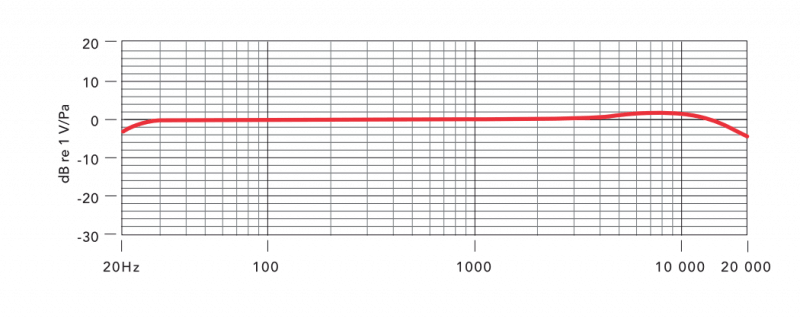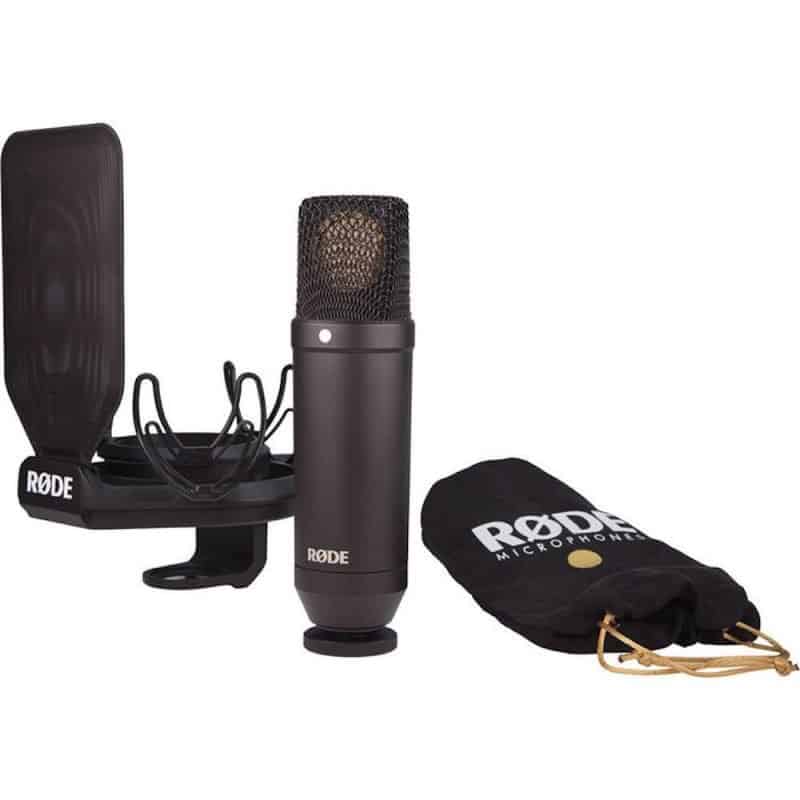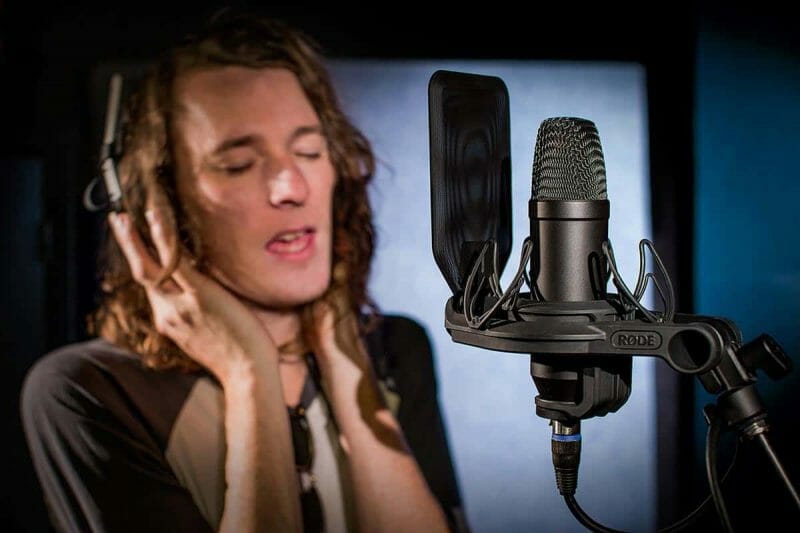When you’re first starting out, finding the right microphones for your home studio is nothing short of intimidating.
I’ve been there.
You go into the local music shop and see dozens of microphones lining the walls, in all different shapes and sizes.
Or you go on Sweetwater and look up “microphone” and get mesmerized by the hundreds and hundreds of results.
I want to help you make that first decision. So let’s take a look at the RODE NT1, one of the most popular mics for home studio fanatics.
I’m guessing you’re here because you want to make your mixes sound professional. Well, you don’t need expensive gear or software to do that – you just need the right knowledge. We put together a brief training that covers a totally new approach to music production. Until now, everyone has been teaching production totally backward. Just click below to watch. Get industry-quality every time (steal this framework)
But if you just want to learn all about the Rode NT1 specifically, keep reading.
Before We Start…
It’s important to remember that one mic won’t do every job for you. Each is great for a handful of instruments and tones.
A dynamic mic might be great for electric guitar and drums.
And a condenser mic might be great for acoustic guitar and vocals.
But each instrument is different. A particular mic might sound great on one guitar but terrible on another with a different tone.
It’s important to have a few different microphones when you’re recording so you have options to try.
You don’t want to put all your eggs in one basket and expect it to work every time!
That’s one of the big secrets to high quality recordings:
Trying out different mics on each instruments to see which sounds best.
This is especially true for vocals, since every person has a different tone.
So don’t take this review to heart and think that this is the only mic for you. It’s just a great tool to have in your toolkit!
That said, let’s talk about the RODE NT1.
About the RODE NT1

The NT1 is a large diaphragm condenser mic from the folks over at RODE Microphones.
The large diaphragm condenser is considered to be the clearest of all the microphones. It’s very sensitive to sound, meaning it can capture more detail in quiet, intimate performances as well as exciting ones.
It’s also got the largest frequency response of any of the mic types. Because of that, it’s easier to capture sound more clearly with one of these.
Condensers well known for how they sound on vocals and all acoustic instruments.
The NT1 has a slightly bright tone, with a bump in the upper mids and top end.

The NT1 is also cardioid mic, meaning it picks up sound made in front of it, not behind it.

It’s not a multi-pattern mic unfortunately, though that may be unnecessary for you if you’re doing home recording. Usually bi-directional or omni-directional mics can cause more harm than good in a poorly treated room.
The NT1 comes with a shockmount and, if I might say, the best pop filter I’ve ever used. It’s a double-layered metal filter, meaning that plosives have two layers of metal mesh to go through to get to the mic. That makes the filter twice as effective.
Unfortunately, the pop filter has to be placed into the shockmount, meaning that you can only use it with the NT1 (unless you get creative).
The NT1 comes in at $269, making it an affordable option for a quality condenser microphone.
Tone and Comparisons
For its price, I really like this mic.

It has a bright, clear tone that helps to accentuate the presence of an instrument.
I’ve tried it out on my vocals. It’s a little brighter on my voice than my other microphones, which is nice for situations when I want a presence boost.
It definitely had a little more of the high end “sheen” than my other mics did.
The RODE NT1 does have a reputation for a little extra sibilant or harsh on some vocals. For my vocals in particular, that wasn’t the case.
I didn’t love it quite as much on my acoustic guitar. It was a little too “jangly,” whereas my other mics made the top end feel more balanced with the rest of the frequency spectrum.
That doesn’t mean it’s not a good mic for acoustic guitars! That just means it’s not for me or my particular guitar.
Don’t forget:
Mics will sound different on different instruments and voices.
What sounds great on my voice might not sound great on yours. Alternately, what sounds only decent on my acoustic guitar might shine on yours.
Because the tones of all instruments are different, there is no cookie-cutter best option!
That’s why it’s important to have several options to choose from. If you’re recording another singer, they might not sound as good in your favorite vocal mic.
But if you set up a few different options and have them sing into each, you’ll find which mic fits the vocalist the best.
This isn’t possible for each new DIY musician, though. Mics are expensive. If you can’t afford to drop a few thousand dollars, commit to building your mic closet over time.
And when you are, try the RODE NT1 out. With its nice top end boost at an extremely affordable price ($269), I’d recommend it.
Conclusion: RODE NT1 Review
All-in-all, I’d recommend the NT1 if you’re looking to expand your mic closet. Its presence boost could add a nice “sheen” to your recordings.
If you want to dig deeper into music production and learn what it actually takes to make mixes that sound pro… And you’re an intermediate or advanced producer… Be sure to check out the free masterclass: Enjoy!Next Steps










